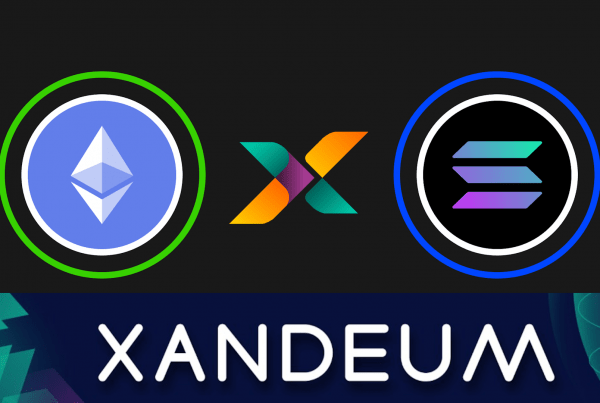
Key takeaways:
- On November 24, the Ethereum network achieved a significant milestone – 1 million ETH have been burned, worth more than $400 billion
- ETH burning was introduced with the launch of the London hard fork, which brought burning mechanics along with the EIP-1599
- Although deflationary pressure is becoming ever more apparent due to NFT and DeFi, Ethereum remains a fundamentally inflationary asset
On Wednesday, crypto market data aggregation and analytics platform CryptoRank revealed one million Ehtereum (ETH) tokens have been burned since the launch of the London hard fork in early August introduced deflationary pressure along with EIP-1599. At current market rates, the value of ETH that has been forever removed from circulation is $4.46 billion.
What is Ethereum burning and what role does it play in ETH tokenomics?
The London hard fork was a highly anticipated Etheruem network upgrade that set the stage for the second-largest crypto eventual transition to a proof-of-stake (PoS) consensus mechanism with the launch of Ethereum 2.0 sometime next year.
The August upgrade introduced a set of five Ethereum improvement proposals (EIPs). The EIP numbered ‘1599’, was undoubtedly the highlight of the new protocol upgrade.
The EIP-1599 improved the estimation system of transaction costs for Etheruem platform users and, most notably, altered how transaction fees are handled – fees that were previously paid to miners are now removed from circulation and destroyed, a process dubbed ‘burning’.
Exponential demand for ETH tokens fueled by smart contract-powered decentralized finance (DeFi) services and the non-fungible tokens (NFTs) boom on top of a decreasing supply is pushing the price of ETH towards new highs.
In the three months since EIP-1599 launched, the deflationary effects have become abundantly apparent. The price of ETH went on a tear after the hard fork rolled out and gained more than 100% and reached a new all-time high on November 10. It is worth noting that about a month before the hard fork launched, ConsenSys CEO Joseph Lubin predicted an “enormous run-up in demand and the value of Ether.”
Non-fungible tokens (NFTs) and decentralized exchanges (DEXs) account for the biggest share of burned ETH
According to data curated by CryptoRank, the OpenSea NFT marketplace accounted for the biggest share of Ethereum burning. In total, more than 110,000 ETH worth $467 million were destroyed as a result of the fee-burning process on the biggest NFT marketplace.
Fees incurred from using decentralized exchanges, such as Uniswap (V2 and V3) and SushiSwap resulted in roughly 45,600 ETH being burned. ETH transfers, such as peer-to-peer (P2P) and various stablecoins transactions, accounted for approximately 97,000 ETH, worth $414 million, being burned.
Late last month, more precisely on October 27, the total amount of ETH tokens in circulation decreased for the first time in the network’s six-year history. Although Ehtereum has experienced days of deflationary supply since the London hard fork went live, they are quite rare. Ethereum thus remains an inherently inflationary asset – according to data from Ultra Sound Money, ETH supply is growing at about 1.2% on a yearly basis.



